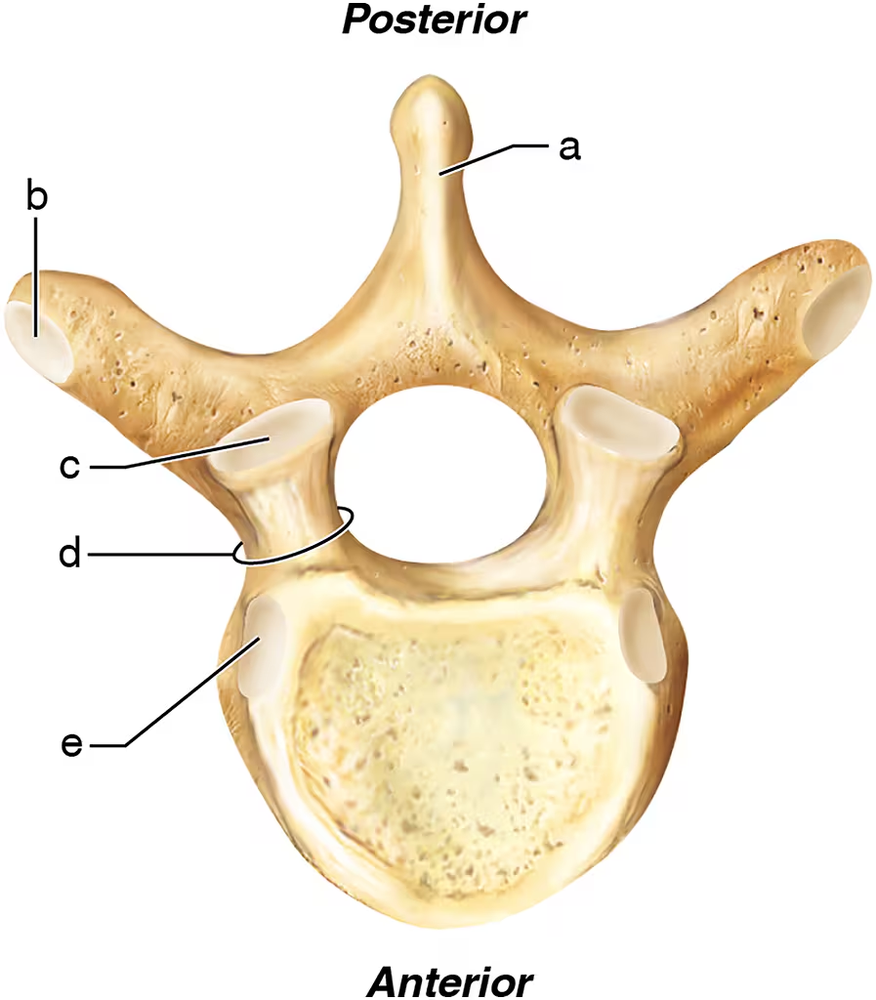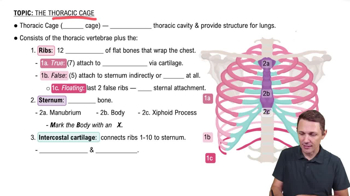Mark the following statements as true or false. If a statement is false, correct it to make a true statement.
Cartilaginous joints are synarthroses.

 Verified step by step guidance
Verified step by step guidance Verified video answer for a similar problem:
Verified video answer for a similar problem:



 5:39m
5:39mMaster Introduction to Joints with a bite sized video explanation from Bruce Bryan
Start learning